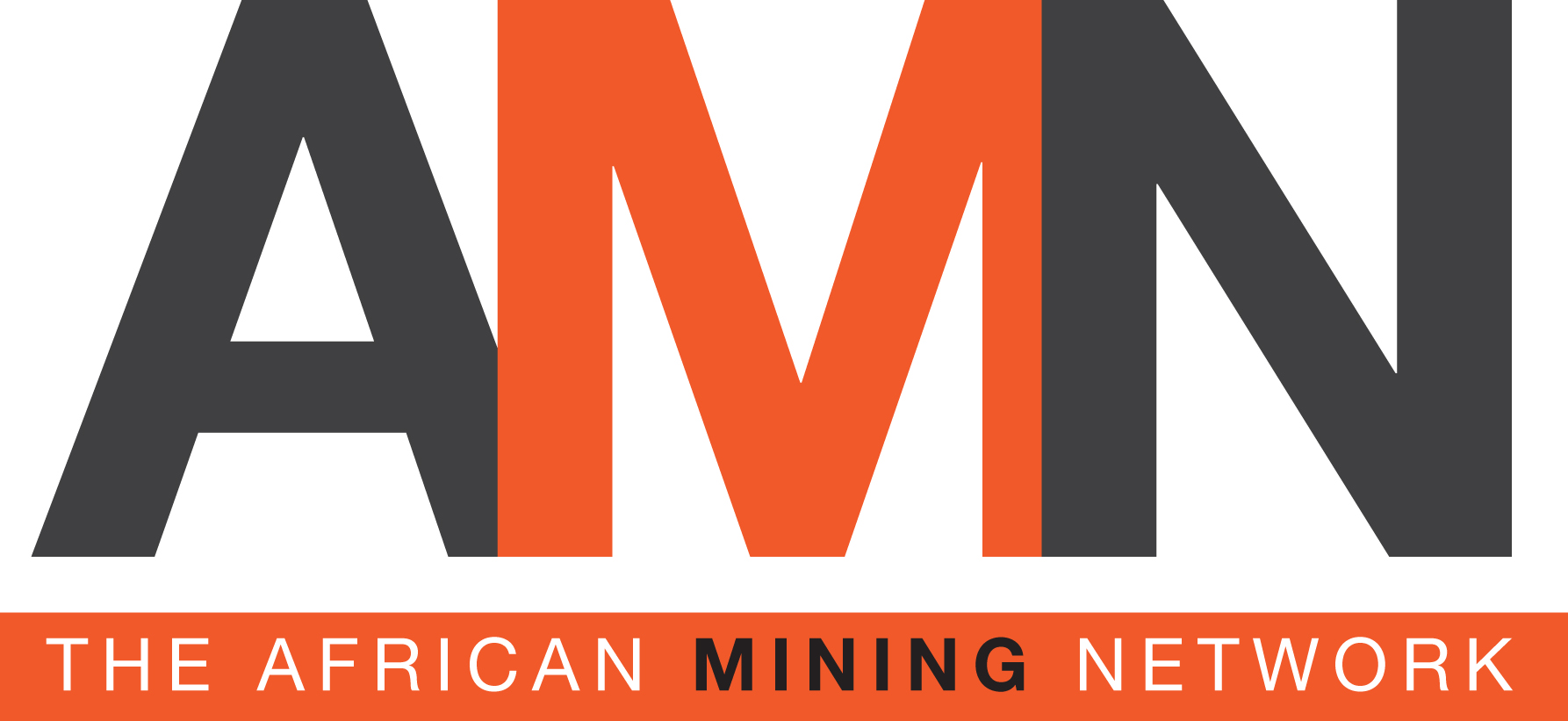- Yolanda Torrisi
- +61 412 261 870
- yolanda@yolandatorrisi.com
- Nina van Wyk
- +27 82 926 3882
- nina@africanminingnetwork.com
Danakali has completed the Definitive Feasibility Study for the Colluli sulphate of potash (SOP) project in Eritrea. The study follows the prefeasibility study completed in March 2015.
The Colluli project is 100%-owned by Colluli Mining Share Co (CMSC), a 50:50 joint venture (JV) between Danakali and Eritrean National Mining Corp (ENAMCO).
Preliminary funding discussions are now under way with offtakers, strategic partners and financiers. The mining licence application process is to be initiated this quarter. Commissioning is targeted for fourth quarter 2018.
Edison Investment Research says: “Colluli is a globally significant open-pittable resource with substantial expansion and mine life potential beyond its initial phases. On our estimates, there is significant upside potential as Colluli advances.
The Definitive Feasibility Study has reduced Phase 1 capital expenditure by 30% to $298 million (425,000 tonnes/year SOP) and Phase 2 capital expenditure by 38% to $175 million (850,000 tonnes/year). Initiatives supporting these cuts include a decrease in water requirements, using existing port facilities rather than a new export terminal (but at the expense of higher logistics costs) and optimising open-pit mine development.
“The revisions have further enhanced Colluli's low capital intensity.”
After adjustment to a muriate of potash (MOP) equivalent basis, Edison calculates a “capital intensity of $491/tonne for Phase 1 and $390/tonne for Phase 1 and Phase 2 combined. This compares with a mean of $781/tonne for the three other potash projects in the DanakilBasin, all of which propose solution mining. As a comparison, the capital intensity of the high-profile BHP Billiton Jansen project is approximately $1400/tonne.
“The Colluli reserve ranks as one of the largest and shallowest potash resources globally. The potassium salts in solid form can be mined by conventional open-pit methods and converted by a low-energy, high-yield process to high-purity SOP. The project also has the flexibility to respond to market requirements and can produce other potash products such as SOP-M and MOP. There is also potential for additional co-product revenue from rock salt, magnesium chloride and gypsum.
“The focus of the Colluli DFS is SOP production. This sells at a substantial premium to the most common form of potash fertiliser product, MOP. The premium is variable but is typically a minimum of 30%.
“SOP is geologically rarer than MOP. As a result, approximately 50% of the world’s SOP has to be produced by upgrading MOP. This can be accomplished via the Mannheim process or sulphate salts reaction. The Mannhein process involves reacting MOP with sulphuric acid. It is an energy-intensive process and produces hydrochloric acid as a by-product, which can be expensive and environmentally difficult to dispose of. These cost factors, in addition to supply-demand considerations, lock in the price premium.
“SOP is a specialist product. It is essential for chloride-sensitive crops, which require potassium. It contains no chloride compared with MOP, which has 46% chloride. SOP can be applied in saline and arid soils. SOP is used on high-value crops such as vegetables, fruit, tree nuts, coffee, tea and tobacco, many of which are chloride-intolerant. SOP can also improve the look, taste and shelf life of crops. In contrast, MOP is used in crops that are less sensitive to chloride, such as broad acre crops (cereals, soya, oil crops, cotton, sugar beet and sugar cane).
“The global potash market is approximately 65 million tonnes/year and includes approximately 6 million tonnes/year SOP and 55 million tonnes/year MOP. The long-term annual demand growth rate for SOP and MOP is estimated at 2-3%.
News courtesy of International Mining

